Thomas J Webster, Interstellar Therapeutics, United States
While conventional nanoparticles have revolutionized medicine including to improve the prevention, diagnosis, and treatment of numerous diseases from cancer to infection, traditional nanoparticles are made with toxic catalysts. As a way to both improve human health and do less ha [....] » Read More


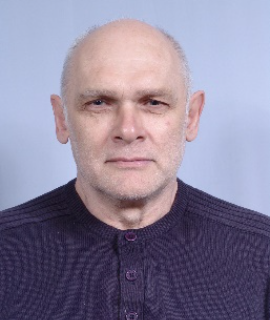
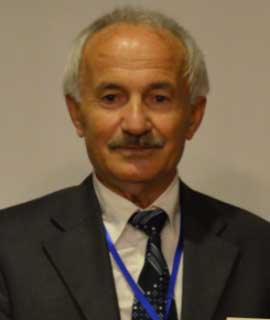

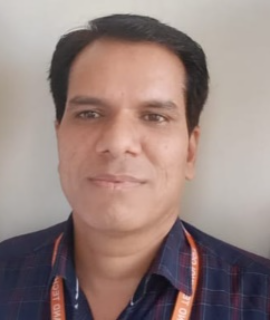

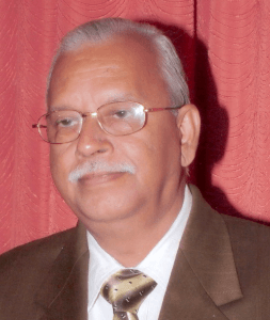
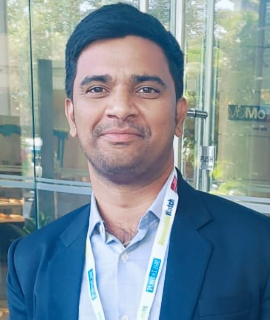


Title : Personalized and Precision Medicine (PPM) as a unique healthcare model to be set up through biodesign-inspired biotech-driven translational applications and upgraded business marketing to secure the human healthcare, wellness and biosafety
Sergey Suchkov, R&D Director of the National Center for Human Photosynthesis, Mexico
Traditionally a disease has been defined by its clinical presentation and observable characteristics, not by the underlying molecular mechanisms, pathways and systems biology-related processes specific to a particular patient (ignoring persons-at-risk). A new systems approach to [....] » Read More
Title : Antibody-proteases as translational tools of the next-step generation to be applied for biotech, bioindustry and personalized and precision medical practice
Sergey Suchkov, R&D Director of the National Center for Human Photosynthesis, Mexico
Biomarkers as being a part of the ligand-receptor tandems have induced an impulse to prompt the development of an upgraded concept of the targeted therapy. So, the identification, impact and im-plementation of diagnostic, predictive and prognostic biomarkers of the next step gene [....] » Read More
Title : Construction of artificial metalloenzymes by protein refolding
Guangnan Ou, Jimei University, China
Metalloenzymes contain a metal cofactor in a protein scaffold, which are involved in many biological processes such as nitrogen fixation, respiration, hydrocarbon oxidation, and oxygenic photosynthesis. Based on the function and mechanism of natural enzymes, in 2001, we proposed [....] » Read More
Title : Phenol removal from wastewater using innovative biological and industrial wastes as adsorbents
Ashanendu Mandal, University of Calcutta, India
This research aims for adsorptive removal of phenol from wastewater by solid waste materials generated from biological wastes viz. guava tree bark, rice husk, neem leaves, activated carbon from coconut coir and industrial wastes viz. rice husk ash, red mud, clarified sludge from [....] » Read More
Title : Process intensification for the production of 2, 2-dimethoxypropane using Fixed BED Chromatographic Reactor (FBCR)
Akash Sunilrao Shinde, Indian Institute of Technology Bombay, India
Introduction: 2,2-Dimethoxypropane (DMP) is a crucial intermediate in vitamin synthesis and serves as an effective water scavenger. The conventional synthesis of DMP from methanol and acetone is characterized by an equilibrium-limited reaction, yielding water as a byproduct, with [....] » Read More
Title : Effect of surface treatment on flax fiber reinforced natural rubber composite
Seiko Jose, ICAR- Central Sheep and Wool Research Institute, India
The dwindling fossil resources and growing environmental issues have stimulated research into the development of novel eco-friendly materials. In the realm of engineering design, material selection is critical in the manufacturing of a sustainable product. The sustainability of t [....] » Read More
Title : W/D emulsion from used cooking oil using impregnated biochar catalyst
Muhammad Ihsan Sofyan, National Research and Innovation Agency (BRIN), Indonesia
A thorough investigation of biodiesel synthesis from used cooking oil using an impregnated biochar catalyst was conducted. The research aimed to prepare a biochar-based substance from coconut coir, treat it, and apply it as a catalyst for the esterification process of high-free F [....] » Read More
Title : Sand treatment using indigenously developed chemicals for vertical oil well- field case study
Mohamed Ali Tarassi, Waha Oil Company, Libyan Arab Jamahiriya
Introduction: Production of formation sand with reservoir fluid is common phenomenon in many heavy oil and gas fields/wells. Sand production in a well can cause restricted production or complete loss of production due to sanding of the well bore. If production rates are high e [....] » Read More
Title : Controlling the production process of unplasticized polyvinyl chloride profile using adaptive neural fuzzy inference system
Avaz Naghipour, University College of Nabi Akram, Iran (Islamic Republic of)
Decisions made regarding the production process in manufacturing and industrial locations have always been complex and challenging. Extrusion is one of the main methods of processing polymer materials and plays a role in the final production of various types of polymer products, [....] » Read More
Title : Heterojunction photocatalysts comprising Z-Scheme magnetic nanocomposites are investigated for their efficacy in degrading organic pollutants and dynamic molecular studies
Redouane Haounati, Mohammed VI Polytechnic University, Morocco
In this investigation, we successfully synthesized a Z-scheme nanocomposite of heterostructures utilizing a co-precipitation method. Various characterization techniques were employed to analyze the nanocomposite, revealing the presence of Fe3O4, Ag3PO4, and g-C3N4 nanoparticles o [....] » Read More